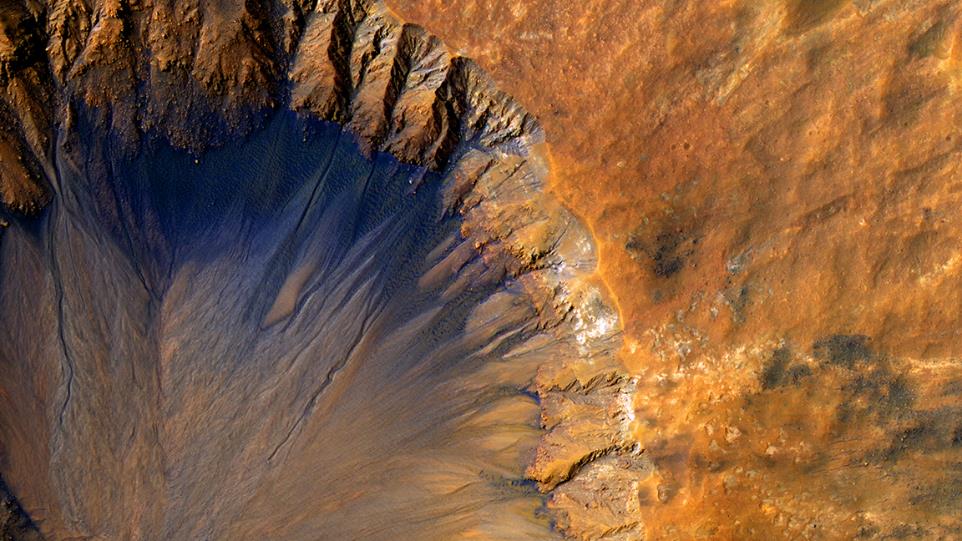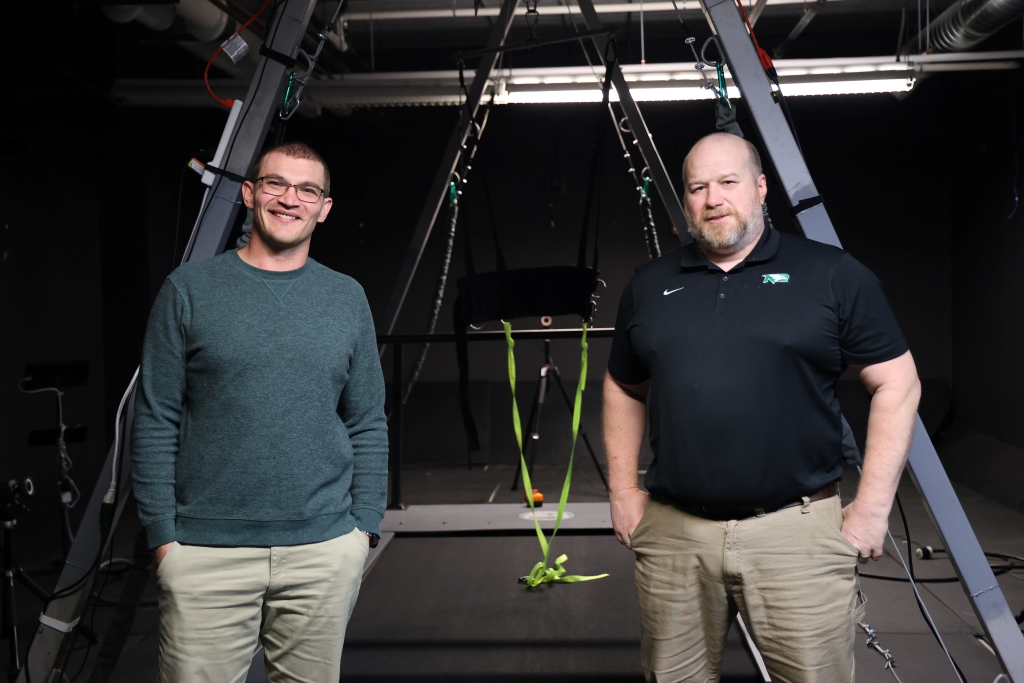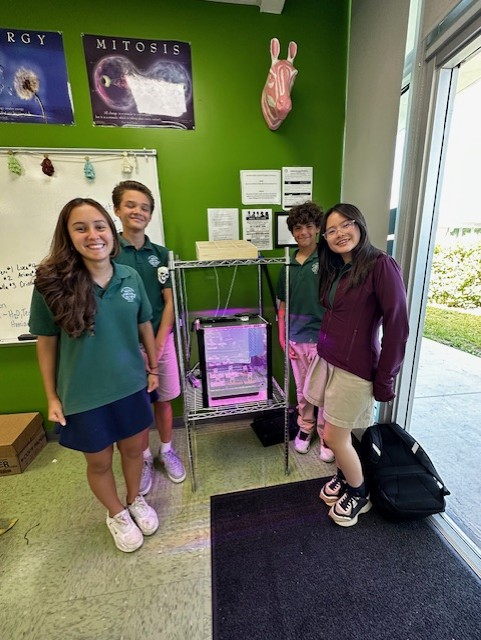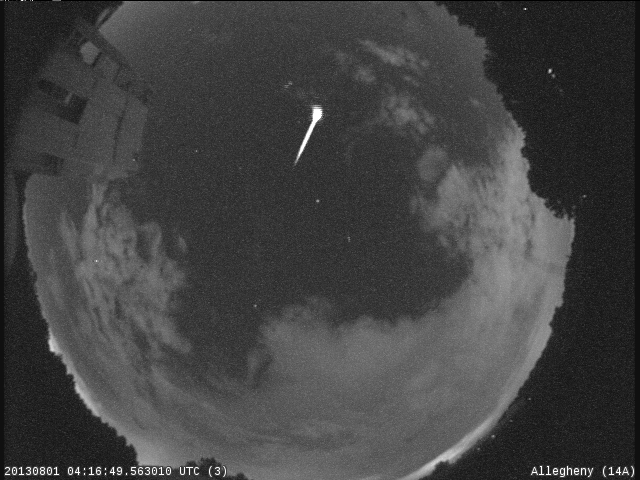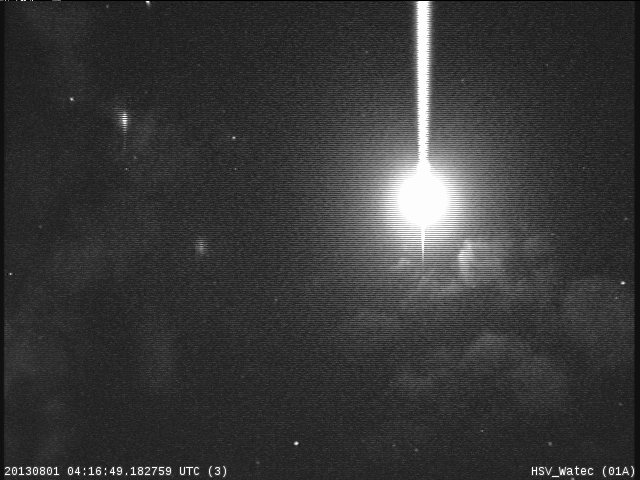The weather in North Alabama has not been the best lately, but Mother Nature still likes to put on a show.
The video segment below was recorded on Aug. 1, 2013 at 12:17 a.m. EDT by a NASA meteor camera at the Marshall Space Flight Center. The video catches a flash of lightning that illuminates the sky to the southwest. Then, seconds later, a brilliant Capricornid meteor streaks through a clear patch of sky, traveling at 54,000 miles per hour.
Far higher than the lightning, the meteor was first seen 53 miles above Toney, Ala., and moved north by northwest before burning up in a flash of light 47 miles above Taft, Tenn.
Part of the meteor’s fiery trail was captured by a higher resolution camera system, also located at Marshall Space Flight Center, seen in the movie below.
The meteor was also seen in a NASA camera located near Tullahoma, Tenn. Combining the data from all three systems enabled the meteor’s path and speed to be determined.
More About the MEO
The NASA Meteoroid Environment Office (MEO) is the NASA organization responsible for meteoroid environments pertaining to Spacecraft engineering and operations. The MEO leads NASA technical work on the meteoroid environment and coordinates the existing meteoroid expertise at NASA centers. The objective of the MEO is to understand the flux and the associated risk of meteoroids impacting spacecraft traveling in and beyond Earth’s orbit.














